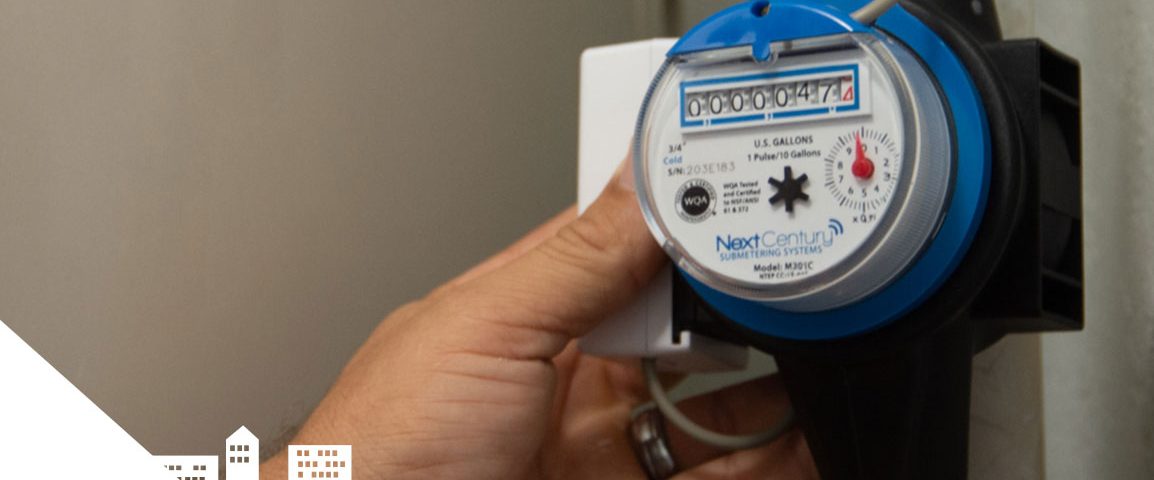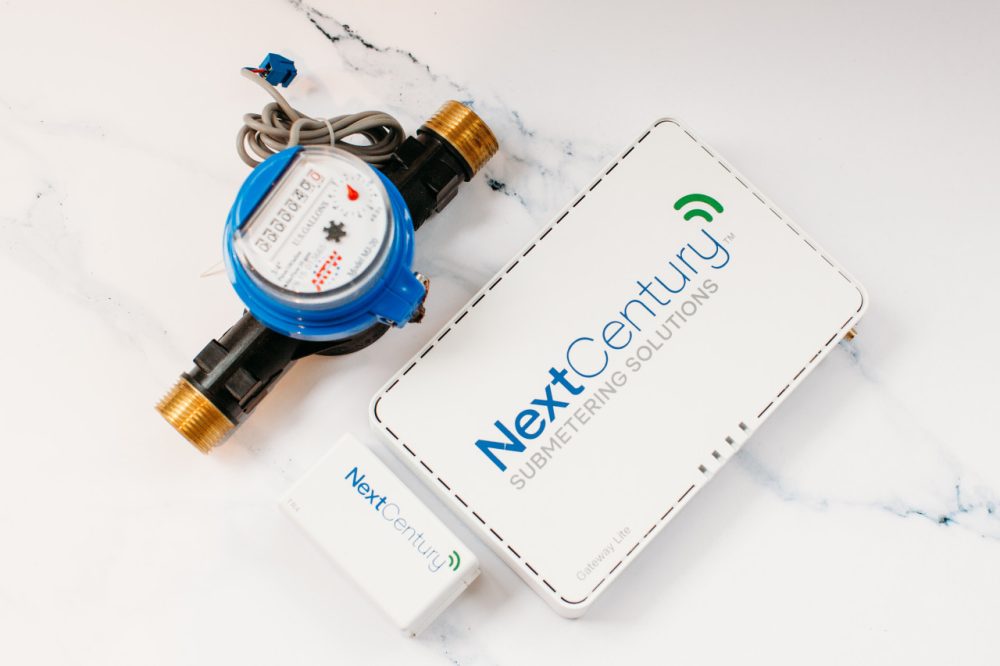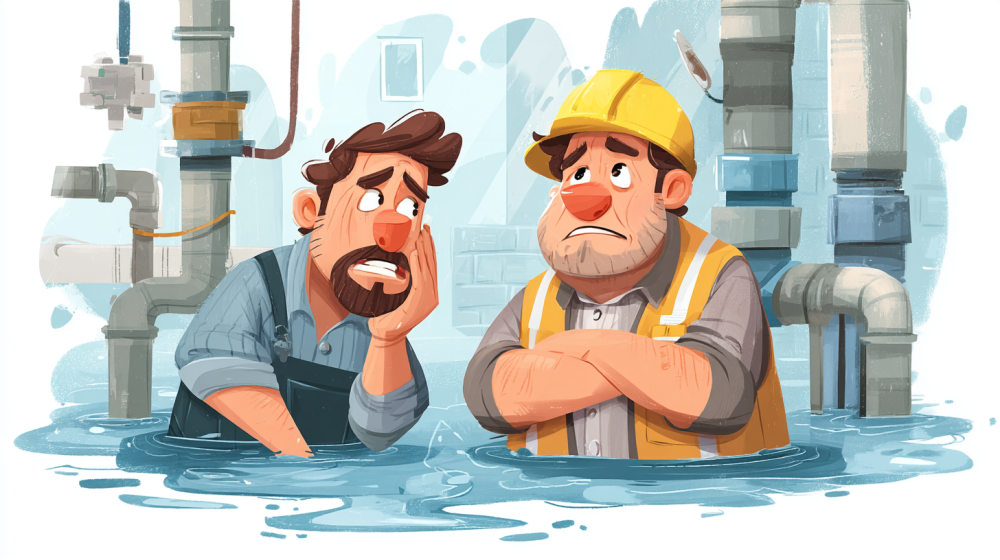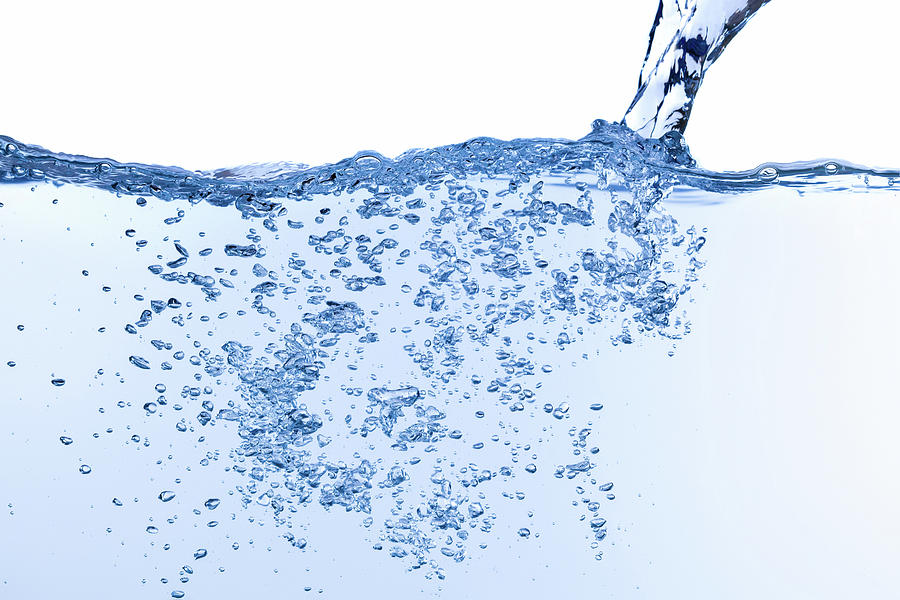
Controlling Community Water and Sewer Expenses
May 28, 2020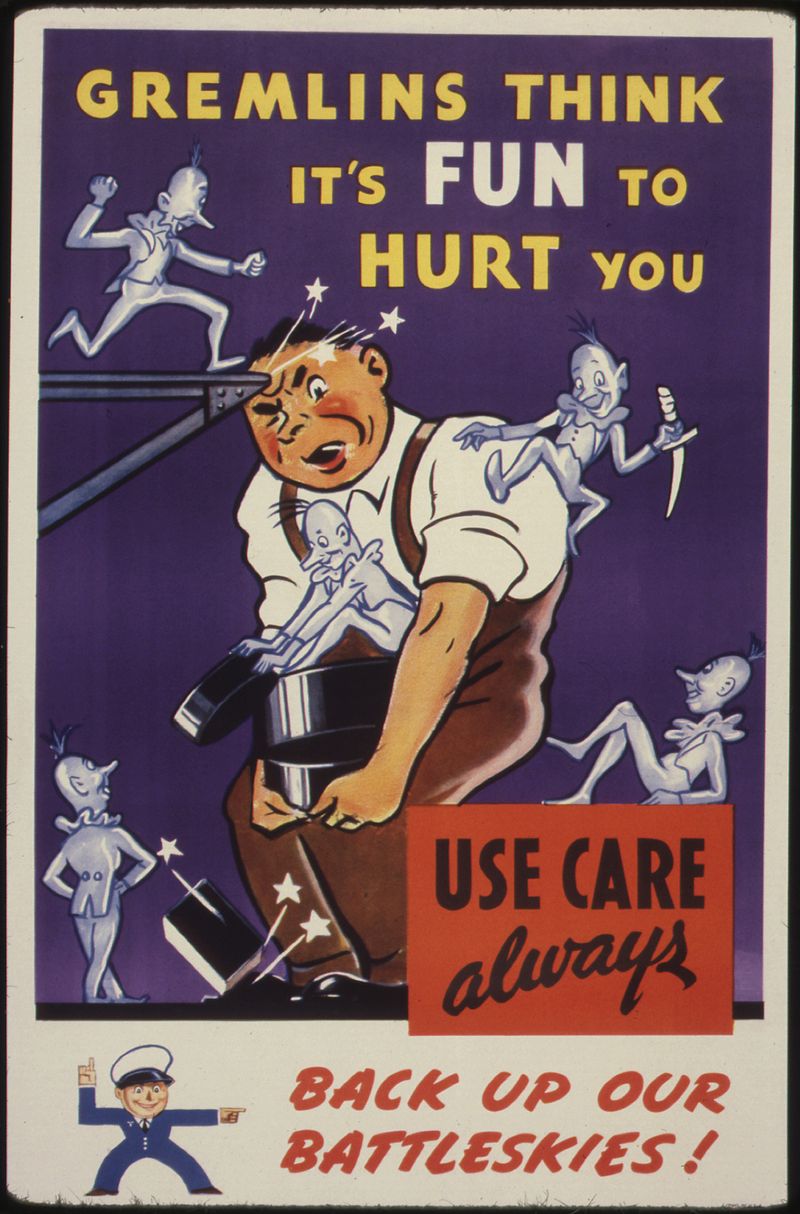
Submetering System Gremlins
June 30, 2020Customers Changing Habits, Change Outcomes with Submetering
In autumn of 2019, the City Council of Tampa, Florida announced a massive 2.9 billion dollar rate hike that will effectively double the rate for water and sewer over an eight year period. What was the reason for this enormous increase? The age and increasing degradation of an infrastructure that was largely built in the mid-20th century. If the infrastructure were a person it would be retired and collecting social security. Instead it is handling the work load of a burgeoning population that has increased from 2,771,305 to 20,271,272 from 1950 to 2020. According to ABC Action news, the City of Tampa had 1,200 water main breaks in 2018 and 1000 wastewater system cave-ins since July of 2017. Is the City of Tampa alone? According to CBS News:
Water and sewer bills are rising faster than inflation and increased for an eighth consecutive year in a study of the country's 50 largest metropolitan regions.
Americans this year will pay an average of $104 per month in water and wastewater bills, up more than 30% in less than a decade. - ABC News
What do they cite as a contributing factor?
“Cities across the country are grappling with aging infrastructure that's costly to repair. Drinking water is delivered via 1 million miles of pipes across the U.S., much of them laid in the early- to mid-20th century…”
The picture is a discouraging one. Simply put, there are far too many straws placed in a limited bucket of water delivered by failing infrastructure. What is the immediate impact? Water and sewer costs are soaring, and will continue to do so with no discernible end in sight. That’s a big issue for multi-family housing.
Typically a utility will supply water to an entire multi-family community rather than individual households. The community must recover the associated costs by budgeting an expected annual cost and factoring it into rent for apartments, or monthly fees for condominiums. By doing this the cost of consumption remains hidden. You know the old saying, “out of sight, out of mind”? In this case, the end line consumer uses an expensive resource with no comprehension of the cost, and no motivation to conserve. In the end, a community that does not charge the consumer directly will use 15-40% more water annually. As prices increase, so will the cost of over consumption. Multi-family communities will grapple with ever escalating costs, but will have no appreciable control mechanism for limiting that consumption or recouping costs.
What can a community do change the calculus of consumption? I have seen many proposed solutions, from installing water saving fixtures, to placing flow constricting devices in the community supply line. However, these all have one fatal flaw. Without changing behavior, you cannot change outcome, and changing behavior is difficult. The 20th century philosopher, George Santayana once said, “habit is stronger than reason”. Consumers will always be reluctant to change their consumption habits. Low flow shower heads are a good example. Communities install these in the hope that consumption will decline. However, residents inevitably remove and replace them with normal heads so that their experience in the shower remains unchanged. In the end, water consumption will not change unless the consumer has sufficient motivation to alter habits.
The real question facing a multi-family community is this - can a community create sufficient incentive to change the habits of its residents? The answer is yes. By installing submeters they can. The installation of submeters, and the subsequent billing of residents does two very important things. First, it makes residents aware of how much they actually consume. Second, and most importantly, it attaches a value to the resource. It gives it a price. Water is no longer perceived as being free. Once that notion is disabused, there is an immediate motivation to conserve. It could easily be said that cost provides the necessary incentive to change.
How can a community get started? First, a plumbing evaluation or “site survey” must be conducted by a qualified representative. The evaluation will determine where meters may be placed, and the type of submetering system to use. Second, qualified technicians will install a meter in every unit. A radio frequency transmitter will be attached for remote reading. Finally, a billing company will begin to read the meters. Thirty days later invoices will be sent.
Think Utility Services, Inc. wants to partner with you throughout this process. Qualified representatives are ready to answer any question you may have. Think Utility Services, Inc. holds plumbing licenses in multiple states. Our installers are employees and actual plumbers with vast experience installing water meters. Account managers and billing staff are industry experts with decades of experience. Think Utility Services, Inc. is your number one source for submeters. Call us today at 888-MY-METER (888-696-3837).

